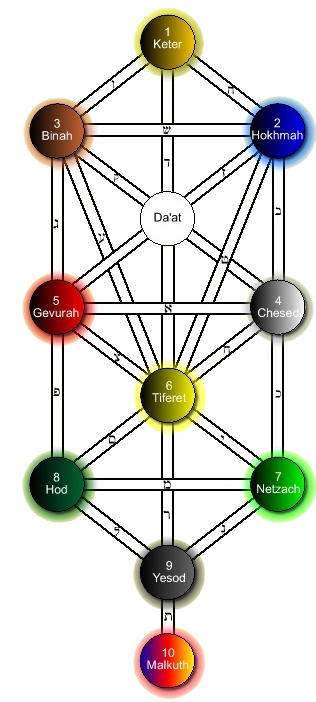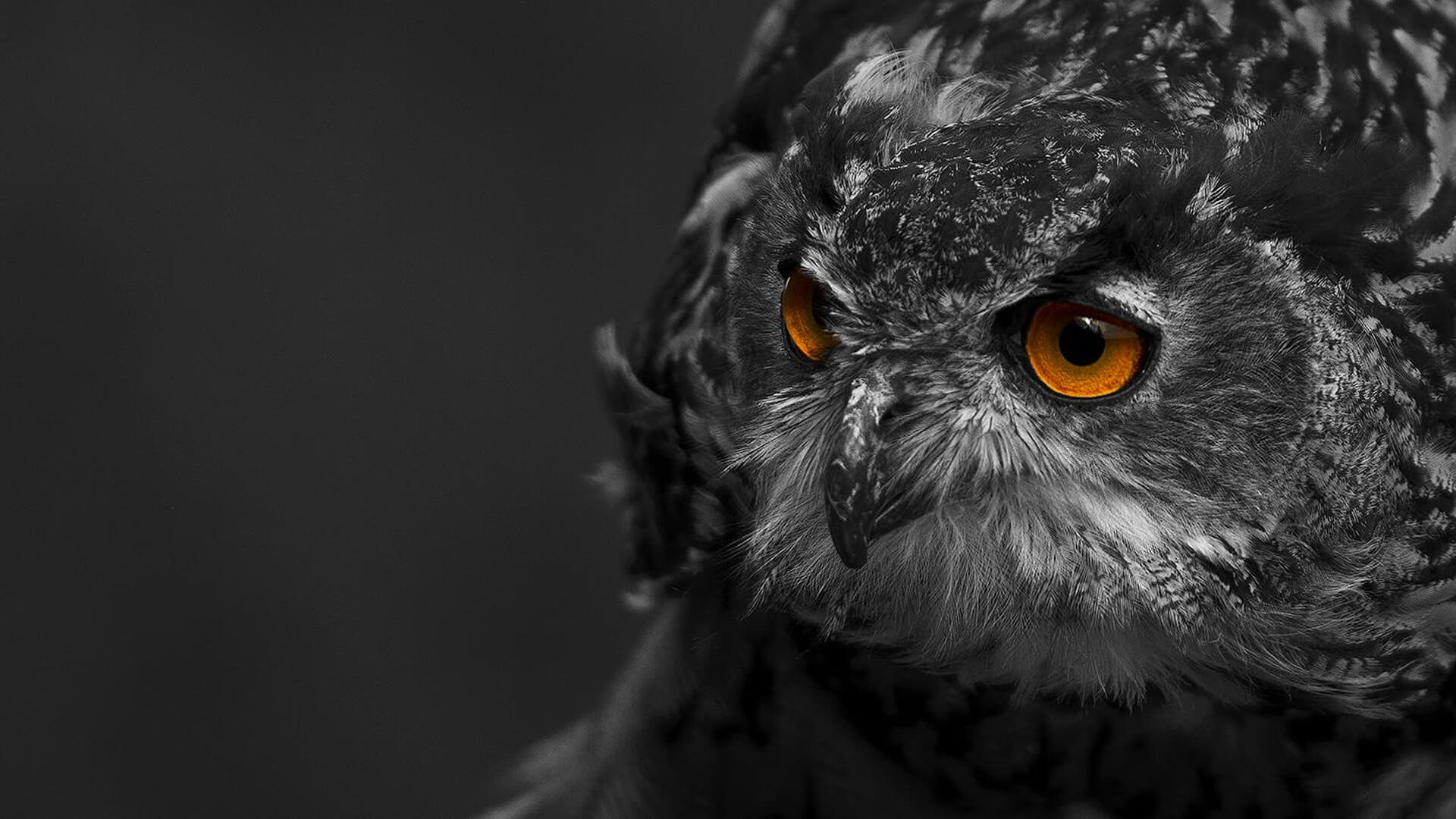To me, a most striking element of Kabbalah is the constantly unfolding romance of the divine Bride and Groom. To be certain, the symbols of bride and groom do not strictly belong to Kabbalah. Both mainstream Judaism and Christianity employ them. However the mystical texts of Kabbalah go further than almost any other in describing the intimacy of the divine couple.
The pages of the Zohar abound with countless references to this fantastically rich and unique love affair. Various images of male and female partnership describe the love of God toward His beloved. The tender affection of lovers, the playful courtship and hopeful longing of youthful infatuation, and the selfless generosity of committed partners, all find their place in a thrilling story of love and mutual devotion.
Christianity typically names Christ as the Groom and the Church as the Bride. Judaism sees in those same symbols God and the Assembly of Israel. These interpretations, at their essence, differ very little from each other. They both attempt to describe a relationship between God and the people. The symbolism of Kabbalah, however, is different.
These marriages of God to the people, as portrayed by traditional religious symbolism, are, perhaps unavoidably, somewhat one-sided. God provides and the people show gratitude. God commands and they obey. God is awesome, the people worship Him. Most married people would agree, this superficial description certainly doesn’t reflect the whole truth of marriage.
Of course, providing for the needs of others, loyalty, and commitment are large parts of marriage, but there is more. There are shared dreams and common goals, exchanged passion and compassion, the mutual pride of jobs well done together, and the joined hope for the future. In the Zohar we see the cooperation and interdependence of a divine Male and divine Female, working with and relying on each other to literally create and sustain the world.
A central theme of Kabbalah is God’s creation of the world. Here it presents a particularly fascinating concept. Creation is not something that happened in the past, but something that is happening right now. The process of creation is ongoing and has to be maintained. The Creator blesses His creature and they return to Him prayer and worship. This flow of divine energy sustains all of creation and any disturbance to it threatens the very existence of the world.

This process occurs by way of a symbolic apparatus called the Tree of Life. The providence of God is conveyed, not by direct contact, but through a series of divine intermediaries known as the sephirot. These spheres emanating from the Godhead span the distance between the perfect purity of God and the murky imperfection of the world. As they move further from the divine spirit, they draw closer to gross matter. The last node on the Tree is closest to the created world and the most susceptible to its influence.
In Kabbalah, it is this last sephirah, Malkuth, that is referred to as Bride. It is identified as the Shekinah, the concept of God’s presence in the world. The Groom, conversely, is the sephirah Tiferet, Beauty, where the influences of the other sephirot are balanced and combined before they can be transmitted to the Shekinah. The divine Couple, to initiate the creative process, must unite. The marriage has to be consummated. But of course, there are obstacles.
Though the Shekinah bears blessings to the world and receives the prayers of the righteous, She also bears the sins of the wicked and delivers judgment in return. As much as righteous acts among the people stimulate the divine flow, evil behavior stifles it. When bad behavior overshadows the good, the divine structure is damaged and the Shekinah becomes separated from Her Groom. The world can not receive blessings nor are its prayers received.
Along with the Shekinah, God’s presence in the world, there is a competing presence; that of the Sitra Achra, the Other Side. The Other Side, the realm of evil and corruption, is the main objector to the divine union. It attempts, by varied means, to disrupt the courtship at every turn.
It tries to claim for itself blessings intended for the Shekinah. It tempts the Groom with demonic seductresses. When the Shekinah is separated from Her companions, the Other Side hopes to lure Her to themselves. Will She resist their crooked charms? Will He overcome the plots of His opponents? Can They stand up to the challenges of the relentless suitors? All remains to be seen.
Like most, I love a good love story. A good love story is an adventure, a fantasy, a comedy, and in the end, true love always wins. This is also true of the divine Love Story. But Kabbalah is more than stories. It’s an invitation to consider how your life resembles the divine. With the courtship, engagement, wedding, and marriage of the divine couple, with its obstacles and great successes, we have wonderful symbols.
So often, the most natural and intimate expressions of love are held distinct from those of worship and spirituality. The symbols of Kabbalah allow us to see the divine in our most precious and meaningful relationships. Those relationships are then promoted to exalted heights, where our feelings tell us they rightfully belong.
This is the gift of Kabbalah. To see our own love affairs as symbols of the world-sustaining acts which they resemble in our hearts and to our families. To know that the affections you have for your most beloved, reflect the very love that creates and uplifts the world. To cherish and celebrate your love as the adventure and the triumph that it was always meant to be.
